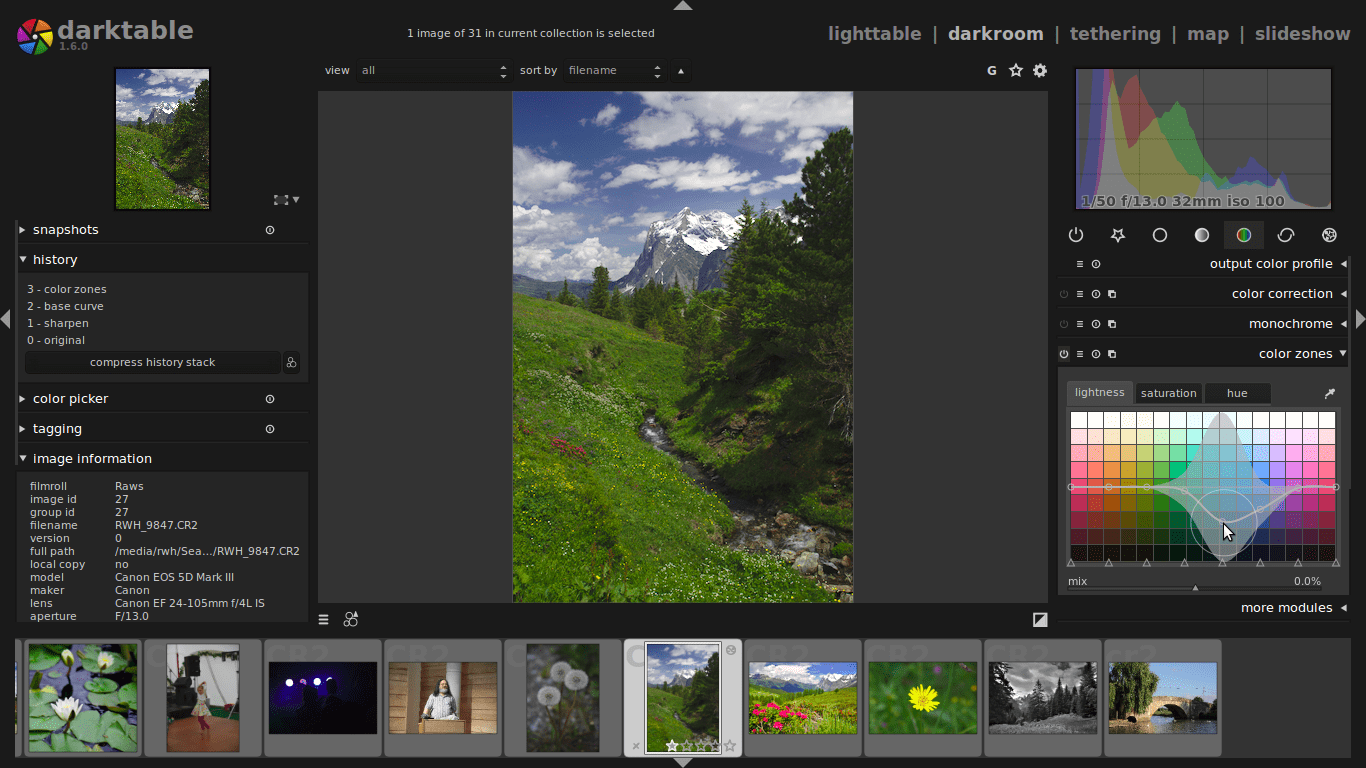
If darktable was installed using an application bundle from a dmg image, then the default location for the script would be /Applications/darktable.app/Contents/Resources/share/darktable/tools/purge_non_existing_images.sh
Darktable windows build windows#
If you installed darktable using the standard Windows installer package, the location of the script would normally be something like: C:\Program Files\darktable\share\darktable\tools\purge_non_existing_images.sh.įor macOS systems, the Terminal application provides a shell, and the sqlite3 client is provided by the operating system by default. For Linux systems, this will normally not be an issue.įor Windows systems, you will normally need the MSYS2 environment to be installed, as described in the instructions for building darktable in a Windows environment. The script must be run in a unix shell, and the sqlite3 client must be available in the command search path. If the option is not provided, a report will be printed without committing any changes to the database. p|-purge Actually delete any entries in the database that refer to non-existent files. If this option is not specified, the default library.db file location will be used. l|-library Specify the path to the library.db database file to be analysed by the script. If this option is not provided, the default config directory location will be used. The available options are: -c|-configdir Specify the path to the darktable configuration directory to be used by the script. Run the script with no options to perform a “dry run”, which generates a report of the missing files without committing any changes to the database.

The script can be called with the following command line parameters: purge_non_existing_images.sh

You must close darktable before running this script. Find and remove entries from the library database referencing images that no longer exist in the filesystem.


 0 kommentar(er)
0 kommentar(er)
